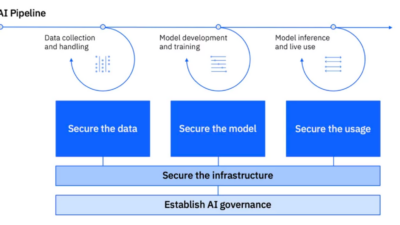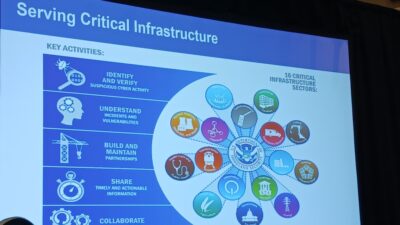Researchers from the National Institute of Standards and Technology (NIST) are exploring and developing the human aspect of cyber-physical systems (CPSs), which are going to have a larger role in society.
Smart cities are continuing their growth curve. This means the cyber-physical relationship will need to get stronger at the same time.
Take this case as an example: Aunt Edna tells her “scooterbot” where to go and it takes her there. She crosses a downtown intersection, where a semi-autonomous “busbot” is waiting to turn right.
The busbot queries the scooterbot, verifying trajectory and speed, and calculates the scooterbot’s passing. Aunt Edna’s scooterbot nears the other curb, and the busbot begins rolling—but the scooterbot’s battery shorts-out, stopping it. The busbot quickly brakes, but a manned vehicle rear-ends the busbot, jolting passengers. The busbot notifies traffic management and emergency medical services.
That’s not science fiction; it is coming sooner than anyone thinks. That is why the National Institute of Standards and Technology’s (NIST) Marty Burns, Edward Griffor, Dave Wollman and their colleagues presented this scenario at the Human Factors and Ergonomics Society Annual Meeting in Philadelphia with an accompanying conference paper, Elaborating the Human Aspect of the NIST Framework for Cyber-Physical Systems.
Developing the human aspect
They explored the need to develop the human aspect, or grouping of concerns, in cyber-physical systems. However, that development is challenging. “Humans can play a role in different ways in CPS, including as a CPS component, as CPS operators and as the CPS themselves,” the researchers said in the paper.
Moreover, “Addressing the challenges of such (cyber-physical) systems requires the development of fundamentally new constructs,” they said.
NIST researchers also propose decomposing, or factoring, the human aspect of the CPS Framework, into ‘sub-concerns’ that drive and provide context for system requirements. NIST developed a framework for cyber-physical systems (CPS framework) that supports system engineering analysis, design, development, operation, validation, and assurance of CPS.
CPS is comprised of interacting digital, analog, physical, and human components engineered for function through integrated physics and logic.
For instance, a city implementing an advanced traffic management system including real-time predictive analytics and adaptation/optimization must consider all aspects of such a CPS systems’ functions and integrations with other systems, including interactions with humans.
This content originally appeared on ISSSource.com. ISSSource is a CFE Media content partner. Edited by Chris Vavra, production editor, CFE Media, [email protected].

